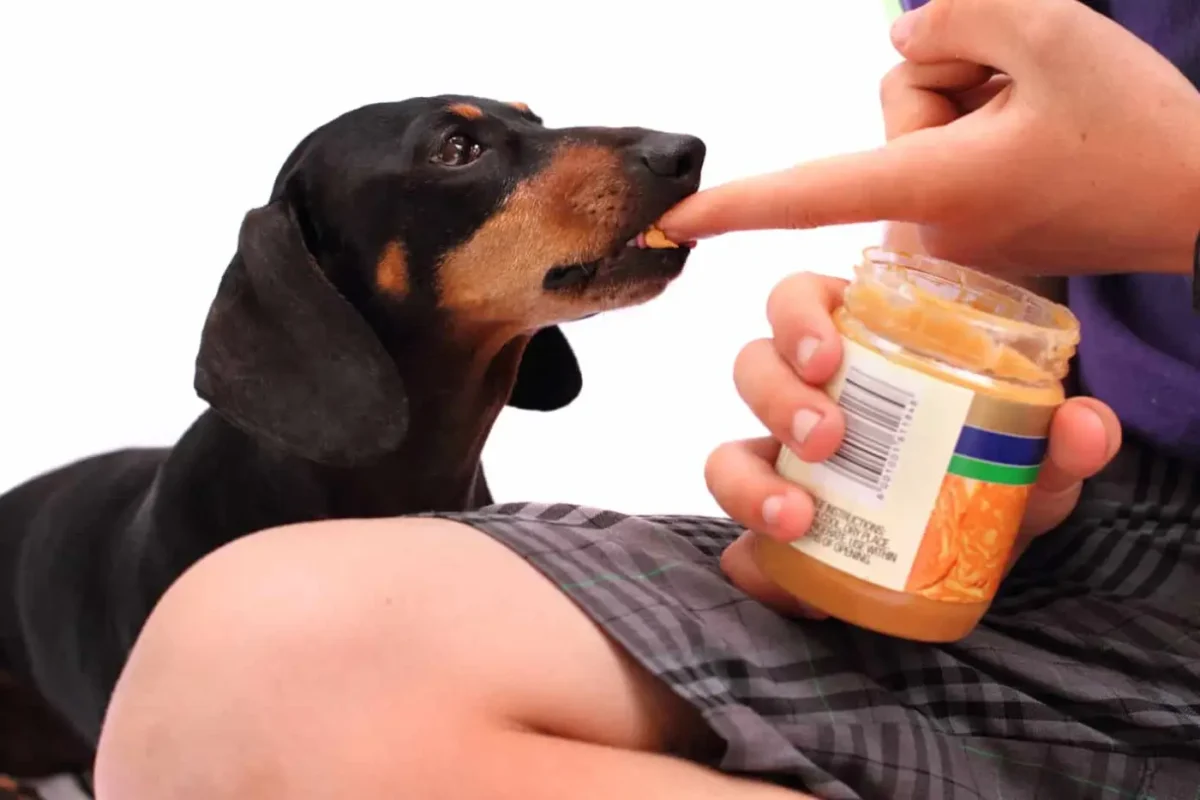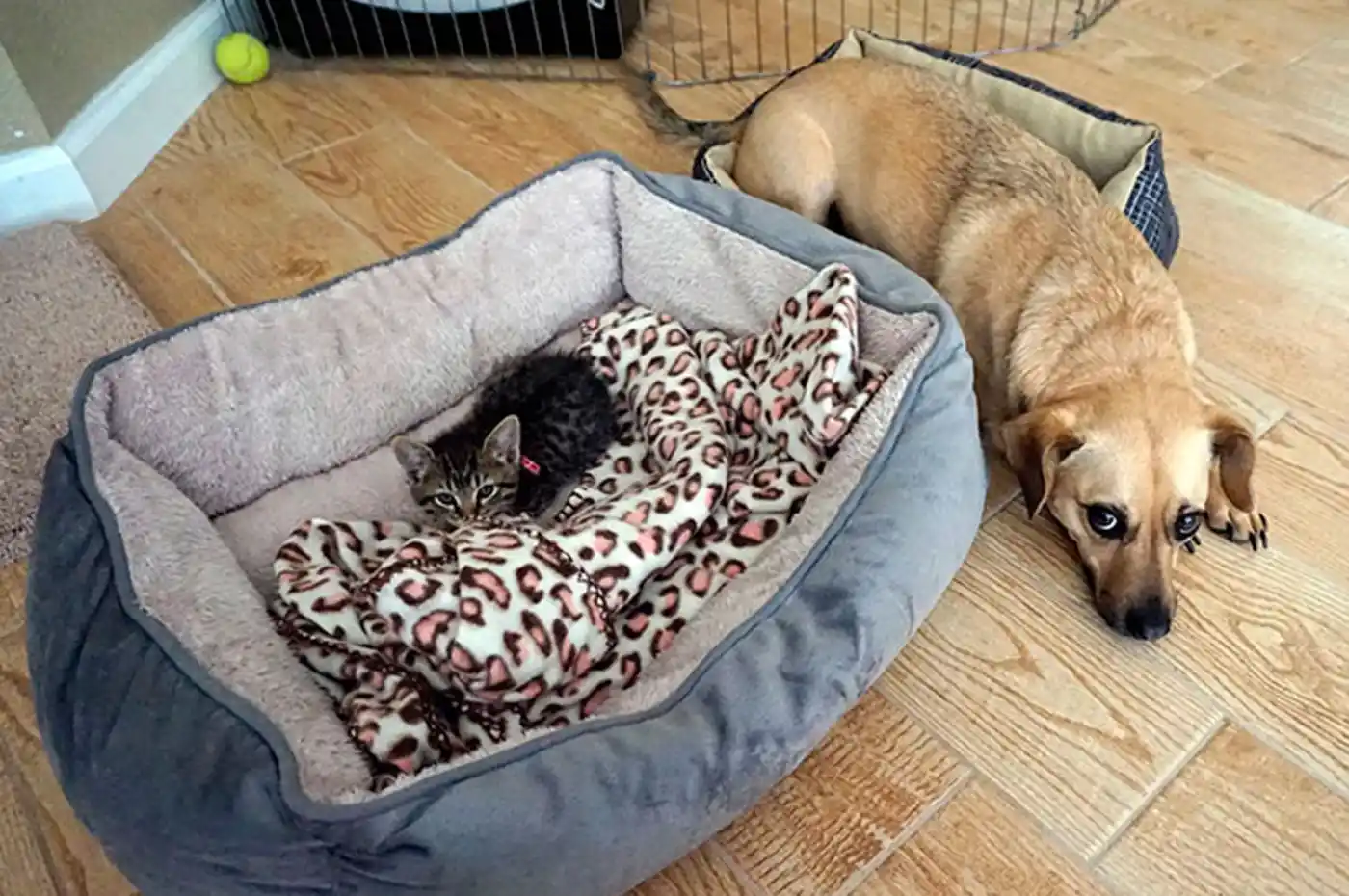To understand how to work peanut butter dog constipation, let’s get deep into our research. Much like their human counterparts, dogs too should regularly experience healthy bowel movements. But the question arises – what if your four-legged friend struggles when it comes to eliminating waste?
Dog constipation, recognized as a challenge when your pet faces difficulty in passing stools regularly, can occur. Ideally, a dog should exhibit bowel movements once or twice a day. However, if your pet is straining while attempting to defecate, producing unusually firm stools, or not defecating at all, it could be a sign of constipation – a situation where the magic of “peanut butter dog constipation” remedies can play a beneficial role.
Managing Your Dog’s Bowel Health: Using Peanut Butter Dog Constipation
Peanut butter, in and of itself, doesn’t typically lead to “peanut butter dog constipation.” However, it can potentially exacerbate the condition if other contributing factors are present, such as a diet deficient in fiber or an existing episode of constipation. It’s important to bear in mind that peanut butter holds a high-fat content, and your furry friends might have trouble digesting such fats, particularly if their diet already lacks fiber.
That said, there’s no need to fret unduly as peanut butter can continue to be a delightful and safe indulgence for your dogs, as long as it’s offered in moderation. It’s crucial to make sure the peanut butter you serve to your dogs is free from salt and doesn’t include harmful artificial sweeteners like xylitol, a food ingredient that is extremely unsafe for dogs.
The Role of Protein and Fat in Canine Constipation
The protein and fat present in peanut butter could potentially contribute to your dog’s constipation under certain circumstances. One significant factor is that commonly available peanut butter typically undergoes a processing phase that strips it of most of its fiber. A diet low in fiber can hinder your dogs in maintaining a healthful digestive system.
Another concern to note regarding peanut butter is its dense concentration of fat. The oil content in the spread might decelerate your dog’s gastric emptying process, which may result in constipation, especially when paired with a diet deficient in fiber.
Summing up, while peanut butter doesn’t explicitly induce constipation in dogs, it’s imperative to be cautious about its protein and fat content and how these may affect their digestive system. Feed them peanut butter sparingly and ensure a fiber-rich, balanced diet to sustain their digestive health, hence mitigating the risk of “peanut butter dog constipation”.
Solving the Issue of Peanut Butter Dog Constipation: Alternatives & Solutions

There are some steps to solve our issue.
Increasing Fiber in Your Dog’s Diet for Constipation Relief
Should your dog be grappling with the dilemma of peanut butter dog constipation, introducing an increased amount of fiber to their diet could be a viable solution.
- Rice serves as a fantastic substitute to surge fiber content in your dog’s diet. When fed moderately, it can aid your dog’s digestion and they will enjoy the taste. Remember, the resultant bowel movement might feature white specks, but that’s entirely normal.
- Pumpkin, rich in fiber, is another delightful supplement that most dogs fancy. You can either add canned or pureed pumpkin to your dog’s food. However, be certain to use only unsweetened pumpkin and not the pie mix which might contain harmful spices.
- Consider fiber-dense vegetables like green beans and sweet potatoes to add variation and further prevent peanut butter dog constipation. Though feeding your dog a high-fiber diet might lead to orange-colored stool in the short term, this should not cause concern.
Keep in mind that maintaining hydration levels can play a crucial role in preventing and relieving constipation, and is pivotal for your dog’s overall health.
Ensuring Exercise and Hydration to Combat Dog Constipation
To maintain an efficient digestive system in your dog, regular physical activity is critical. Such activity stimulates bowel movements and assists in fending off peanut butter dog constipation. Consequently, be sure to include ample walks, play sessions, or other engaging activities in your dog’s routine.
Home Remedies to Ease Peanut Butter Dog Constipation
In the face of mild peanut butter dog constipation, various home remedies may prove helpful.
- Both olive oil and ginger have the ability to initiate bowel movements, and magnesium can facilitate crucial muscle contractions for successful stool passage.
- Probiotics should also be considered in the fight against constipation in dogs. These beneficial bacteria aid in maintaining a healthy digestive system and can be found in specific supplements or foods like plain, unsweetened yogurt.
- Should your dog’s constipation cause discomfort or pain, a stool softener or a mild laxative may be useful.
- Remember, routine consultation with your veterinarian is highly recommended if your dog manifests signs of severe constipation or if the above remedies fail to improve their bowel movements. A professional assessment of your pet’s condition can guide you toward the most suitable course of action.
Guidance on Selection and Serving of Peanut Butter for Dogs
Picking the Perfect Peanut Butter to Address Peanut Butter Dog Constipation
When picking peanut butter for your canine friend, it’s crucial that it is not only appetizing but also safe and devoid of harmful additives. Look closely at the labeling to avoid harmful sugar substitutes like xylitol, which could be toxic to dogs. Choosing peanut butter without extra sugar, salt, or preservatives is highly recommended. The best choice, however, is natural or homemade peanut butter, providing ultimate control over the ingredients and assurance of your pet’s safety.
Balanced Serving & Portion Control
Although peanut butter can be a delightful treat for your dog, offering significant nutrients, striking a balanced portion control is paramount. Remember that treats should ideally make up no more than 10 percent of your dog’s overall diet, so ensure that you adjust the quantity according to your dog’s size and health condition. As a thumb rule, small dogs can be offered half a tablespoon, whereas larger dogs might enjoy one tablespoon daily. If your dog has diabetes, it’s advisable to scale down the peanut butter portions or seek your veterinarian’s advice.
Safe and Innovative Ways to Serve Peanut Butter
Incorporating peanut butter into your dog’s diet can be fun and rewarding in many innovative ways. Here are some possibilities:
- Challenging toys and hollow bones: You can fill these with peanut butter, offering your dog both a delightful and mentally stimulating reward during play sessions.
- Peanut butter-infused kibble: Mixing in a small portion of peanut butter with your canine’s kibble can give a taste boost while imparting additional vitamins and nutrients.
- Homemade Peanut Butter Bran Bites: Combine peanut butter and bran cereal for an easy, fiber-rich homemade treat that can help combat peanut butter dog constipation.
Be sure to introduce peanut butter to your dog’s diet gradually to monitor any potential allergic reactions or adverse effects. If any signs of discomfort or distress are detected, stop the peanut butter and seek professional consultation from your veterinarian.
Conclusion: Counteracting Peanut Butter Dog Constipation
Here’s hoping that these insights provide some relief. Seeing a dog in discomfort is truly distressing, and the severity of constipation-related discomfort can be high. Bear in mind that your dog requires ample amounts of water daily, and its regular diet should back up fiber intake to prevent constipation. But when it does happen, remember that the thoughtful use of peanut butter might be your secret weapon.
Related post: Dried dead tick on dog













